Business Continuity vs. Disaster Recovery: What’s the Difference?
The risk of cyberattack is still growing globally, and no business is too small to hack or breach. It’s important to plan for business continuity and disaster recovery, and to do so in advance so you’re prepared for the worst. But first, you’ll need to understand the difference between the two.
Some use business continuity and disaster recovery interchangeably, yet there are differences between these two areas focused on safeguarding your business.
Business continuity planning ensures operations continue in the event of disruption. Whether it’s a natural or man-made disaster, national emergency, sabotage, theft, or utility failure, your business needs to prepare. Business continuity anticipates what you’ll do about physical premises, staffing, and IT.
A business continuity (BC) plan:
- identifies business processes;
- assesses risk;
- weighs costs versus benefits;
- establishes priorities;
- earmarks resources;
- designates responsibilities.
BC planning will outline the procedures to follow and who is in charge of which processes. Think of it like a checklist to continue operations as close to normal as possible despite a crisis.
How is BC different from Disaster Recovery?
Disaster recovery focuses on providing a backup when unforeseen interruptions hit: actions needed to restore IT assets, communications, and essential hardware systems.
Disaster recovery (DR) plans aim to reduce downtime and restore vital systems as soon as possible. After all, statistics around small businesses suffering IT disruptions are not encouraging. Depending on where you look:
- 93% of companies suffering an IT disaster file for bankruptcy within one year.
- 40% of businesses don’t bounce back from a disaster.
- 60% of breached small businesses can expect to shut down within six months.
While there is no consensus, the takeaway remains the same: downtime = business disaster.
The best way to reduce risk is BC and DR planning.
Still, how is disaster recovery different from continuity efforts? Business continuity tackles all operations. Yet in many environments, disaster recovery is a subset of business continuity. That’s because disaster management hones IT infrastructure. DR gets IT back up and restores data access after a disaster.
Disaster planning establishes procedures for restoring critical applications. You establish where and how you’ll backup important data, you make decisions about what to repair and restore first, and you decide on your restore-point tolerance. This is the acceptable amount of time between your last backup and when the system went down. This will vary among businesses. A business conducting hundreds of online transactions daily has different needs than one with less data.
Planning ahead is essential for both
Although disaster recovery and business continuity have different timelines, both prepare in advance. Business continuity plans are set in motion as soon as operations are threatened. For instance, in the event of a hurricane, the BC plan would alert stakeholders, tell emergency procedures, and transition to alternate operations. Yet the DR team won’t do anything until the storm actually affects the business.
Your business may be able to ride out a short, planned downtime, but disruptions from weather events, power failure, or malevolent attack can be crushing. Take the time, when not in crisis, to plan your business continuity and disaster recovery.
A managed service provider can help you develop the best business continuity and disaster recovery strategies. Contact us today at 1800 960 487 for a personalized approach to planning ahead for catastrophe.




